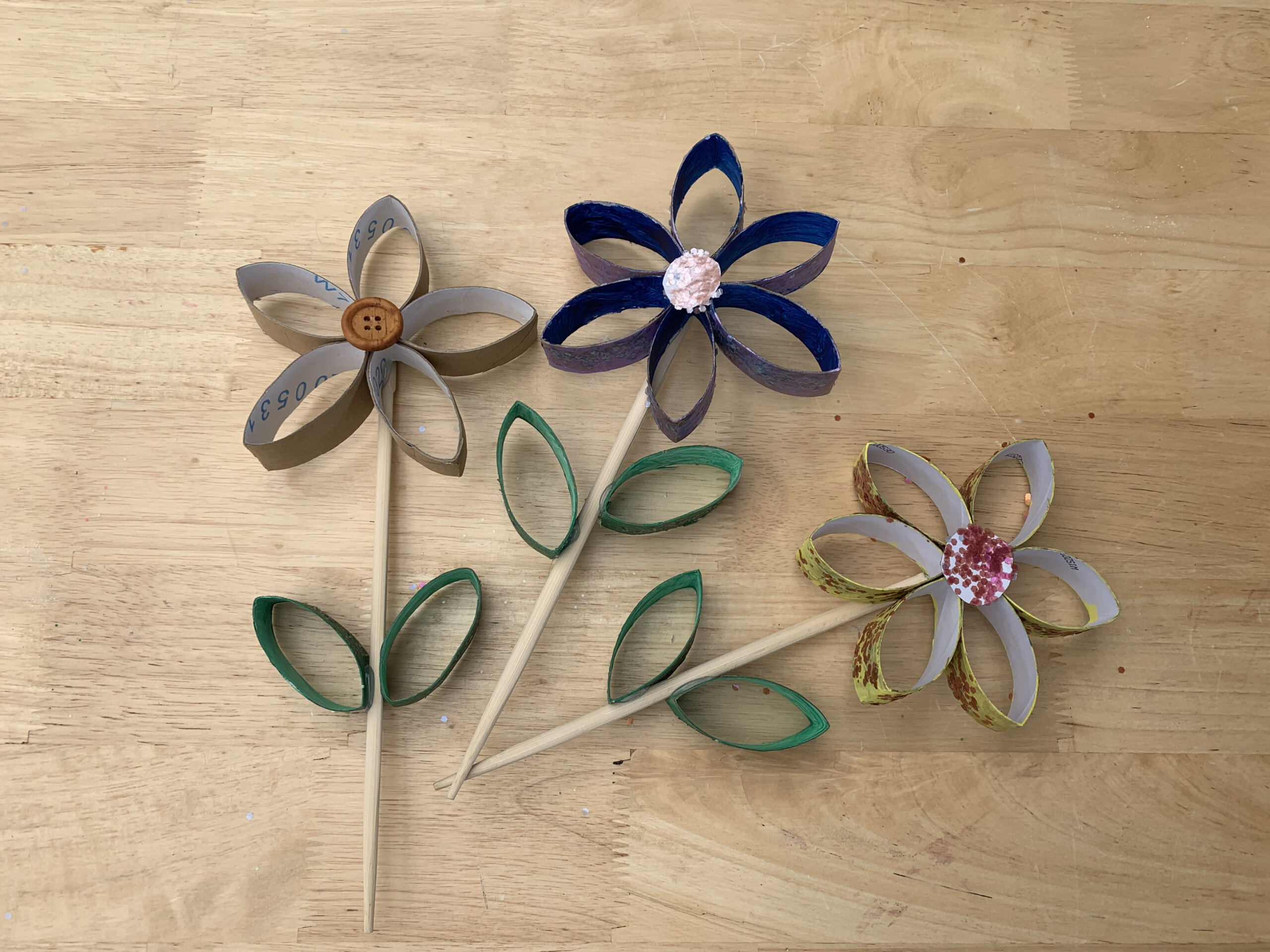One of our favourite environmental celebration days to engage children in is International Polar Bear Day, held annually on 27th February. This coincides with the time when polar bear mums and cubs are snug in their dens. The focus is on raising awareness and taking action to conserve polar bears and the sea ice they depend on. Exploring polar bears and the Arctic with children supports them to become socially responsible and show respect for the environment (Outcome 2: Early Years Learning Framework).
Because polar bears are so awesome, there are two official celebration events for them each year. In addition to Polar Bear Day, there is Polar Bear Week which is held annually during the first full week in November. In 2022, Polar Bear Week will be held Sunday 30th October to Saturday 5th November. Both Polar Bear Day and Polar Bear Week are run by Polar Bears International. They have some fantastic free resources in their Education Centre including polar bear trackers, live polar bear cams, webcasts, videos, and teaching and learning materials.
Take local action to conserve polar bears
Polar bears lives are intricately linked to the Arctic Sea Ice. Global warming, caused by the burning of fossil fuels is melting the sea ice. You don’t need to wait for Polar Bear Day or Week to come around to help polar bears. You can act any day of the year. Using less energy produced by fossil fuels, reduces emissions and can slow and even stop climate warming.
Explore with children what the threats are to polar bears, and how you can help. Here’s some ideas of small, achievable steps to act local, but make a global impact.
- Reduce your energy consumption (reliant on fossil fuels) by:
- Installing LED light bulbs
- Using natural light where possible
- Using energy efficient appliances and equipment and turning them off when not in use
- Washing clothes in cold water and line drying where possible
- Using natural ventilation when possible
- Making every degree count! Set your thermostat to 25-27°C in summer and 18-20°C in winter.
- Wearing the right clothes for the weather – wear light, airy clothes in summer and layer up in winter
- Using renewable energy sources where possible like solar
- Planting natural shading around your home or workplace
- Making sure the building is insulated. Check for draughts in the building and repair.
- Use public transport, walk or ride, when possible, instead of using your vehicle
- Turn your vehicle off when stopping at the lights
- Refuse, reduce, reuse, and recycle – minimise your consumption!
- Buy local
- Avoid buying products with excess packaging
- Use no more water than is needed.
Furthermore, you can donate to organisations like Polar Bears International who are working hard on the frontline to conserve polar bears.
Questions to engage children in the topic
Here are some examples of open-ended questions to stimulate children’s ideas, curiosity, and imagination.
- I wonder, where polar bears live?
- What do you think polar bears like to eat?
- How do polar bears stay warm?
- I wonder if polar bears are good swimmers?
- How do polar bear mums look after their cubs?
- What can we/you do to help polar bears?
- Why do you think bears need sea ice?
- What do you think makes sea ice melt?
Read books with children
Reading books on polar bears and their habitat allows children to imagine and expand their understanding about the world around them. If you let your local library know you are interested in polar bears, they will be happy to make recommendations of books they have available.
To help get you started, here’s a list of books we’ve successfully tried and tested with preschool children:
Polar Bear, Polar Bear, What Do You Hear by Bill Martin Jr. and Eric Carle
Little Bear Dreams by Paul Schmid
There’s a Bear on My Chair by Ross Collins
Snow Bear by Piers Harper
Rainbow Bear by Stephen Michael King
Polar Bears by Norbert Rosing
Watch videos with children on polar bears and their habitat
Polar Bears International have a range of videos in their Education Centre to explore the wonderful world of polar bears including (cue excitement) …live polar bear cams! BBC Earth also have some fantastic videos for example, this video on Polar Bear Cubs Taking Their First Steps.
Sensory play
Snow slime, shaving cream, jelly, Arctic animals, melting ice…polar bear celebrations are the perfect opportunity for sensory play. It supports children to explore and investigate, and stimulates curiosity, problem solving and creativity. This is a wonderful invitation for children to explore why polar bears need ice, and why ice might melt. It also helps children understand the reality polar bears are facing with the sea ice they depend on, disappearing.
*Tip: if you don’t want to use shaving foam, try making aquafaba. To make aquafaba, use the leftover juice from canned chickpeas, add in either some cream of tartar or cornflour, and whip until it forms semi-firm peaks (can take 3-6 minutes depending on your equipment).
Draw a polar bear
Encourage children to draw what they think a polar bear looks like. Have a discussion, look at pictures and/or watch videos of polar bears with children prior to this activity to explore the body parts of a polar bear.
Polar bear process art project
We love this fantastic polar bear painting activity by Play to Learn Preschool.
Paper craft
iHeartCraftyThings has a step by step guide on how to make polar bear masks with children. Make sure to choose materials that can be composted, recycled, or reused afterwards.
Polar bear paper handprints are also a favourite with children. For inspiration, check out these guides by Grandkids Make Life Grand or Simple Everyday Mom.
Thank-you for conserving polar bears and the sea ice they depend on!









